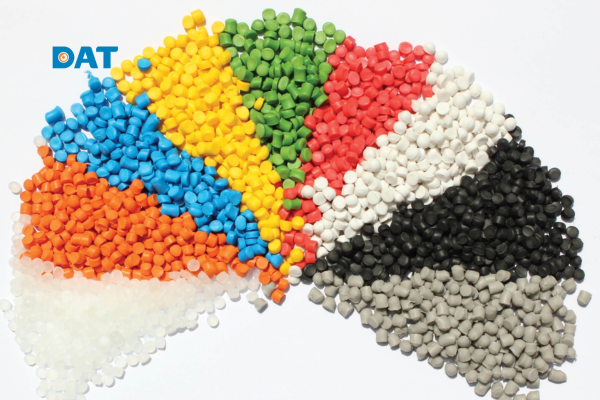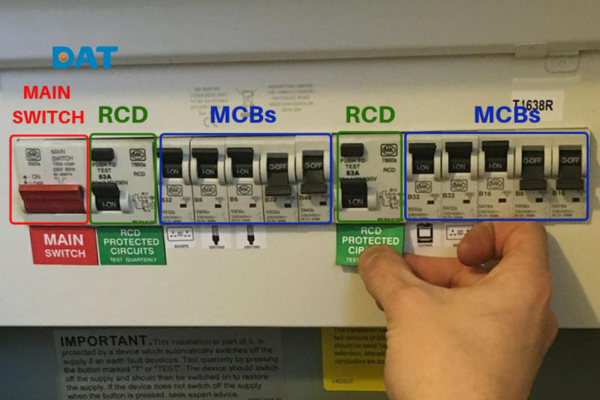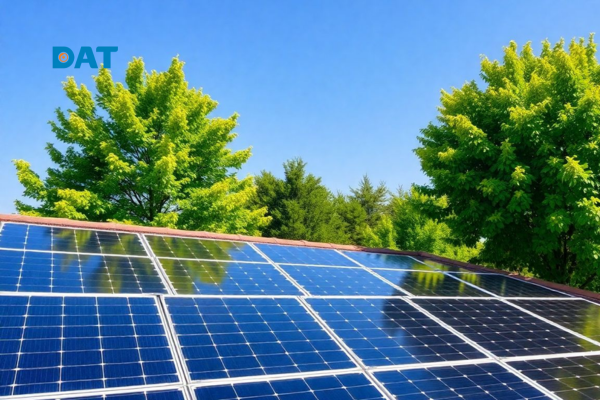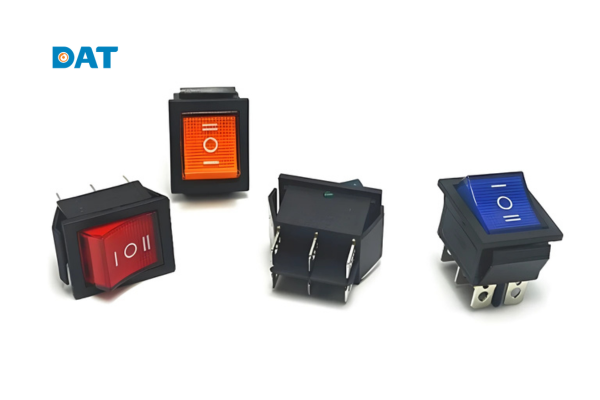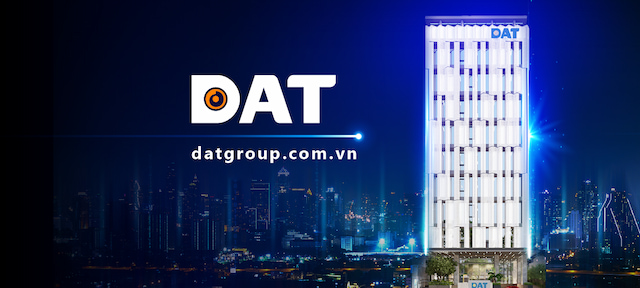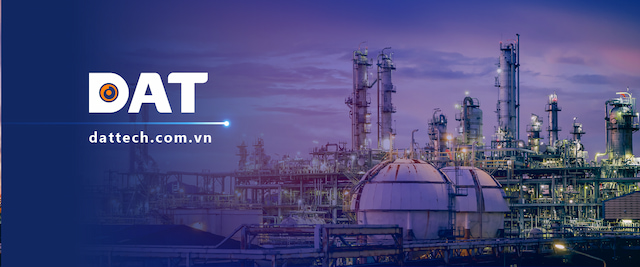Plug and Play là gì ? – Tiện Lợi Lắp Đặt Năng Lượng Mặt Trời
Công nghệ plug and play là gì đang trở thành xu hướng tối ưu hoá trong lĩnh vực điện năng lượng mặt trời, giúp quá trình lắp đặt thiết bị đơn giản, nhanh chóng và an toàn hơn. Bài viết của DAT Group sẽ giải thích rõ về “plug and play là gì”, các lợi ích thực tế và ứng dụng nổi bật trong hệ thống inverter hiện đại. Nhờ giải pháp plug and play chuẩn quốc tế, DAT Group tự tin mang đến tiện nghi, hiệu quả cho mỗi công trình năng lượng mặt trời tại Việt Nam.
1. Plug and Play là gì?
“Jack cắm Plug and Play” là một thuật ngữ thường được sử dụng trong lĩnh vực công nghệ, mô tả một hệ thống hoặc thiết bị có khả năng tự động nhận diện và cấu hình các thành phần khi chúng được kết nối. Điều này giúp đơn giản hóa quá trình cài đặt và sử dụng cho người dùng, đặc biệt là đối với các thiết bị ngoại vi như máy in, loa, webcam, hoặc bất kỳ thiết bị nào khác có khả năng “Plug and Play”.
Plug and Play (PnP), hay “cắm là chạy”, là công nghệ cho phép máy tính hoặc thiết bị tự động nhận dạng và cấu hình các thành phần phần cứng mới được kết nối mà không cần người dùng can thiệp cài đặt hoặc cấu hình thủ công. Khi bạn cắm một thiết bị hỗ trợ Plug and Play, hệ điều hành sẽ tự động phát hiện thiết bị đó, tìm và cài đặt các trình điều khiển (driver) cần thiết để nó hoạt động ngay lập tức. Nhờ đó, quá trình mở rộng hoặc thay thế thiết bị trở nên đơn giản, nhanh chóng mà không đòi hỏi kỹ năng kỹ thuật chuyên sâu.
Trong những năm gần đây, công nghệ “Plug and Play” đã được ứng dụng rộng rãi trên các dòng inverter hòa lưới và inverter hybrid giúp đơn giản hóa quá trình lắp đặt và vận hành hệ thống.

Cách hoạt động của Plug and Play
-
Kết nối thiết bị: Người dùng kết nối thiết bị ngoại vi (như chuột, bàn phím, USB) vào máy tính.
-
Hệ điều hành phát hiện: Máy tính tự động phát hiện thiết bị mới.
-
Cài đặt trình điều khiển tự động: Hệ điều hành tìm kiếm và tải về trình điều khiển (driver) cần thiết cho thiết bị mà không cần sự can thiệp của người dùng.
-
Hoạt động ngay lập tức: Thiết bị sẵn sàng hoạt động, người dùng có thể sử dụng ngay.
2. Lợi ích của công nghệ Plug and Play trong điện năng lượng mặt trời
Trước khi công nghệ plug and play trở thành tiêu chuẩn trên các thiết bị điện năng lượng mặt trời, quá trình lắp đặt hệ thống thường đòi hỏi kỹ thuật viên phải thực hiện nhiều bước đấu nối thủ công, kiểm tra chi tiết và cài đặt các phần mềm điều khiển riêng biệt cho từng thiết bị. Nhờ vào tính năng “cắm là chạy”, người dùng cũng như đội ngũ lắp đặt có thể nhanh chóng kết nối các thành phần (inverter, module PV, bộ lưu trữ, phụ kiện giao tiếp…), hệ thống sẽ tự động nhận diện và cấu hình, sẵn sàng hoạt động ngay lập tức mà không cần thao tác phức tạp. Điều này giúp cung cấp các giải pháp mới, mở rộng công suất và tài nguyên dễ dàng, giảm tối đa thời gian thi công và tối ưu hiệu quả sử dụng, đặc biệt tăng tốc độ vận hành cho cả dự án lớn lẫn dân dụng.
3. Lưu ý bảo mật với plug and play
Mặc dù Plug & Play mang lại sự thuận tiện và tối ưu hóa quá trình lắp đặt, người vận hành hệ thống điện năng lượng mặt trời vẫn cần chú ý tới yếu tố bảo mật. Một số trường hợp đặc biệt, thiết bị ngoại vi hoặc đầu kết nối không rõ nguồn gốc có thể gây nguy cơ truy cập trái phép, thao túng dữ liệu đo lường hoặc tích hợp phần mềm bất lợi trong hệ thống quản lý. Chính vì vậy, các dự án điện mặt trời quy mô lớn thường quy định kiểm soát danh mục thiết bị được kết nối và có biện pháp bảo vệ vật lý/logic với các cổng plug and play nhạy cảm.
4. Ứng dụng jack cắm “Plug and Play” trong inverter GoodWe
Hiện nay, các dòng inverter hòa lưới và inverter lưu trữ dân dụng của GoodWe đều được thiết kế các cổng kết nối ngõ PV, ON-GRID, BACK-UP, cổng truyền thông giao tiếp meter, giao tiếp battery… sử dụng công nghệ kết nối dạng plug and play.
Việc sử dụng cổng kết nối dạng plug and play trong inverter sẽ giúp:
- Dễ dàng lắp đặt và bảo trì bảo dưỡng: Các inverter sử dụng công nghệ plug and play thường được thiết kế với các kết nối sẵn sàng, giúp người dùng có thể lắp đặt hệ thống chính xác một cách nhanh chóng và dễ dàng, ngay cả khi không có chuyên môn về điện. Trong trường hợp cần bảo trì, bảo dưỡng hệ thống, việc tháo ngắt kết nối hệ thống cũng an toàn hơn rất nhiều.
- Giảm chi phí lắp đặt: Do quá trình lắp đặt được đơn giản hóa, nên chi phí lắp đặt inverter hòa lưới cũng được giảm thiểu đáng kể.
- Tăng độ an toàn và cấp độ IP bảo vệ thiết bị: Inverter sử dụng công nghệ plug and play có sẵn các cổng kết nối sẽ có cấp độ IP bảo vệ cao hơn, khả năng liên kết, kết nối các nguồn đầu vào, đầu ra của inverter tốt hơn, giúp bảo vệ hệ thống khỏi các nguy cơ cháy nổ và xâm nhập bụi, nước từ môi trường bên ngoài.
- Tăng tính linh hoạt và mở rộng của hệ thống: Việc mở rộng, nâng cấp công suất PV, battery của hệ thống cũng sẽ được thực hiện một cách dễ dàng và an toàn hơn.
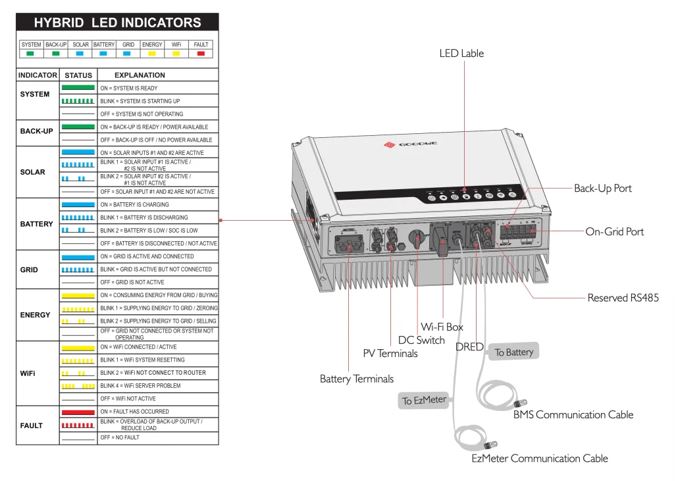
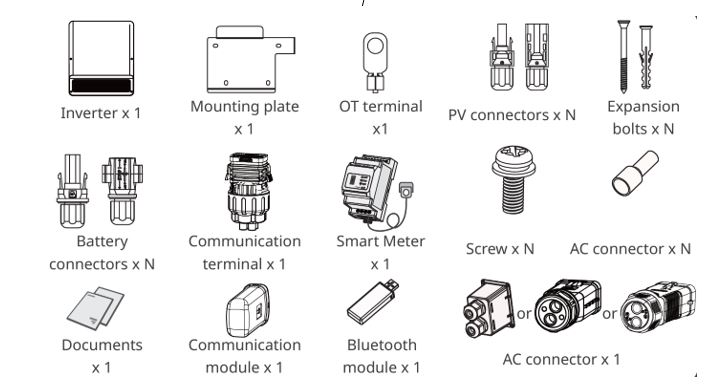
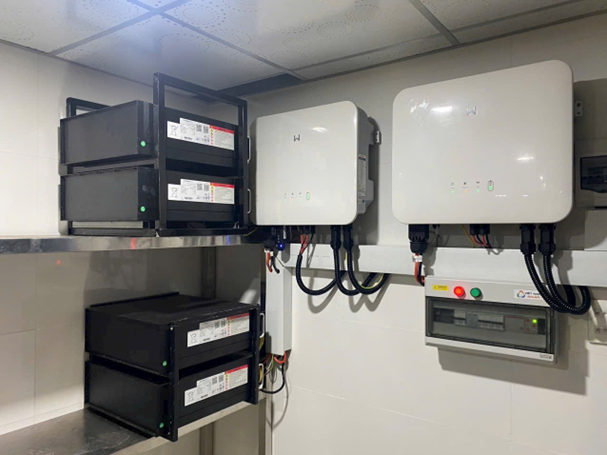
Việc sử dụng các cổng kết nối bằng terminal siết ốc hoặc bấm đầu cosse yêu cầu nhân sự thi công phải có chuyên môn và có đầy đủ các công cụ thi công chuyên dụng để lắp đặt, kiểm tra an toàn điện, tránh các rủi ro move điện, phát nhiệt đầu cosse, chạm chập do đấu nối tiếp xúc không tốt.

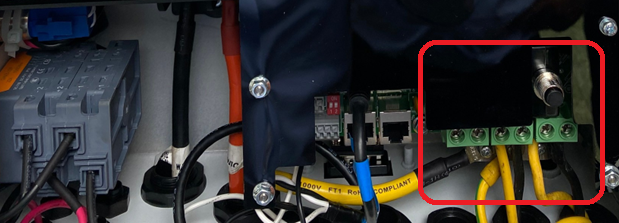
Tóm lại, công nghệ plug and play là một công nghệ tiên tiến, mang lại nhiều lợi ích trong nhiều lĩnh vực và đặc biệt là trong mảng năng lượng mặt trời. Công nghệ này giúp đơn giản hóa quá trình lắp đặt và vận hành hệ thống, giảm chi phí lắp đặt và tăng tính bảo mật, tương thích giữa các thiết bị. Trong tương lai, công nghệ plug and play sẽ tiếp tục được ứng dụng rộng rãi trên các loại inverter của nhiều hãng, thương hiệu khác nhau, góp phần thúc đẩy sự phát triển của ngành điện mặt trời.
Quý Khách hàng, Quý Đối tác cần tư vấn thêm thông tin về cách lắp đặt hệ thống kết nối dạng plug and play, vui lòng liên hệ hotline 1800 6567 (miễn phí cước) để được DAT Group hỗ trợ 24/7.

